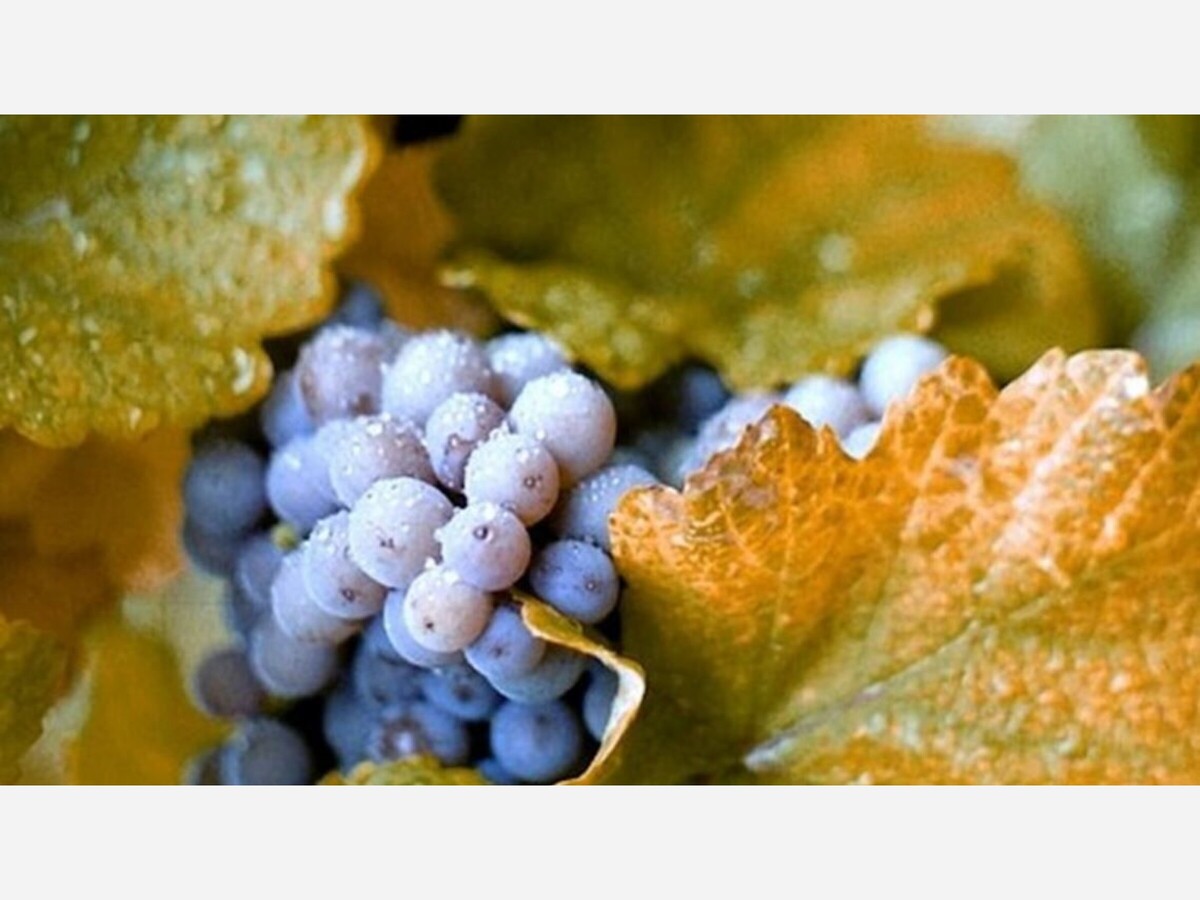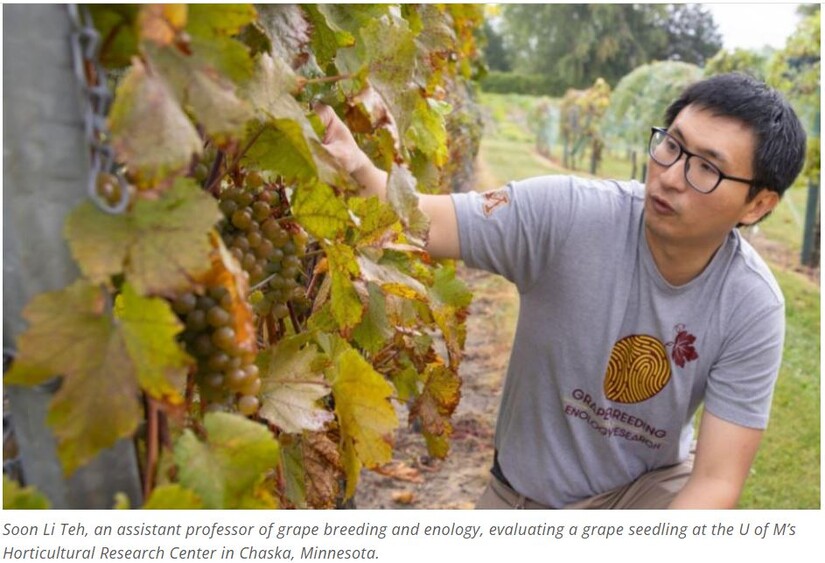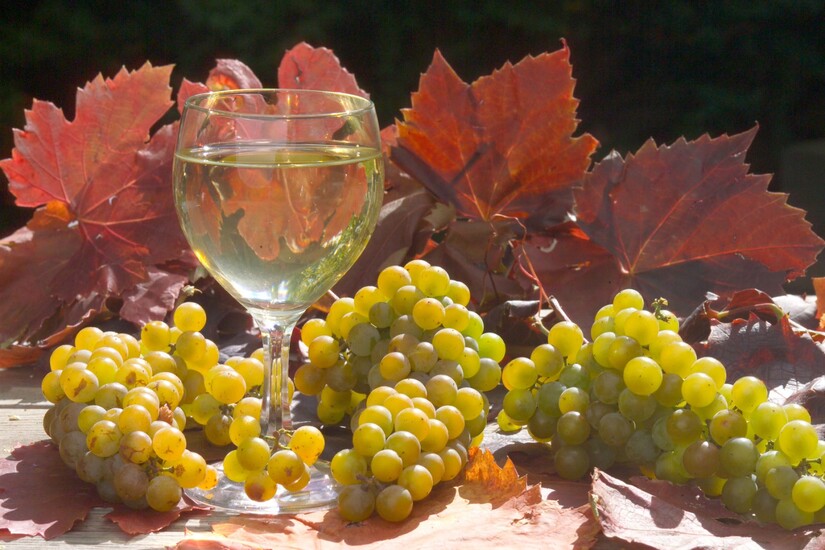Image


As vineyards across Minnesota navigate the brisk onset of fall, winemakers and grape enthusiasts converge on the unique imprints left by the region's viticulture on the wine market. Soon Li Teh, an assistant professor at the University of Minnesota, recently elucidated on the distinctiveness and developing narrative of Minnesota's wine industry in an article published by the university.
Minnesota wines stand out due to their "bright acidity with fruity flavors," which include "notes of cherry, plum and blackcurrant," explained Prof. Teh, highlighting the youth and innovative spirit of the local wine scene, according to the university's publication. These wines draw from a range of hardy grape varieties that can weather Minnesota's harsh winters, which pose a significant challenge to the industry. Breeders in areas as frostbitten as the Upper Midwest must labor to produce strains that are both cold-resistant and capable of maturing in a truncated growing season.

Addressing the historical underpinnings of grape cultivation in Minnesota, Prof. Teh pointed to the 1800s settlers' push to foster a crop that could thrive under the region's stringent conditions. Native species, though abundant, lacked the desired fruit quality, spurring breeding programs aimed at bolstering both taste and hardiness. "When European settlers moved to the Midwest and Great Plains in the 1800s, they were limited in the variety of viable crops, particularly in Minnesota due to the frigid winters and relatively short growing season," Prof. Teh told the Twin Cities campus news platform.
Despite these hurdles, the contribution of grape breeding to Minnesota's economy is tangible, with cold-hardy grape varieties like Frontenac, Marquette, La Crescent, and Itasca underpinning a thriving grape industry. The success story began with the introduction of the Frontenac grape and has since evolved into a substantial economic sector that has fostered new job opportunities ranging from vineyard labor to retail. "In Minnesota alone, grape and wine production contributed an estimated $80 million in economic activity in 2015," Prof. Teh noted, as per the University of Minnesota.

For more information on the University of Minnesota's efforts and advancements in grape breeding and winemaking, interested readers can visit the university's news site.
SOURCE: hoodline